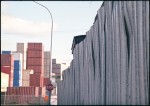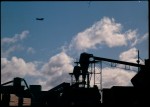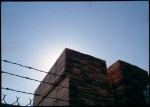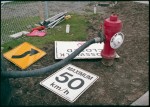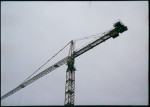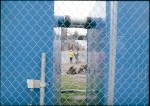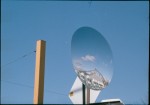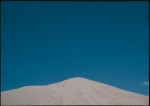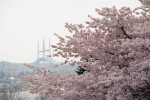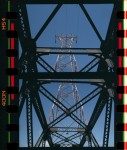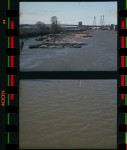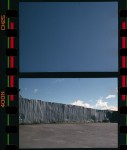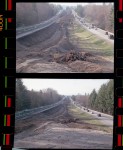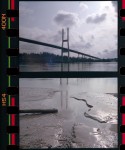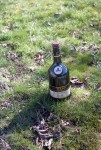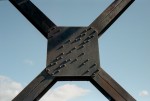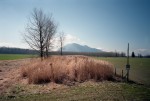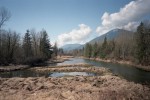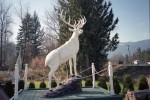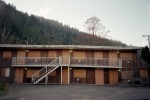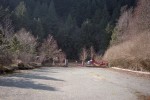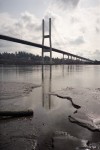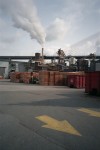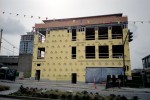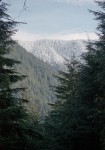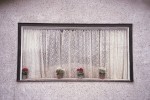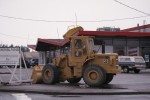May
7
2013
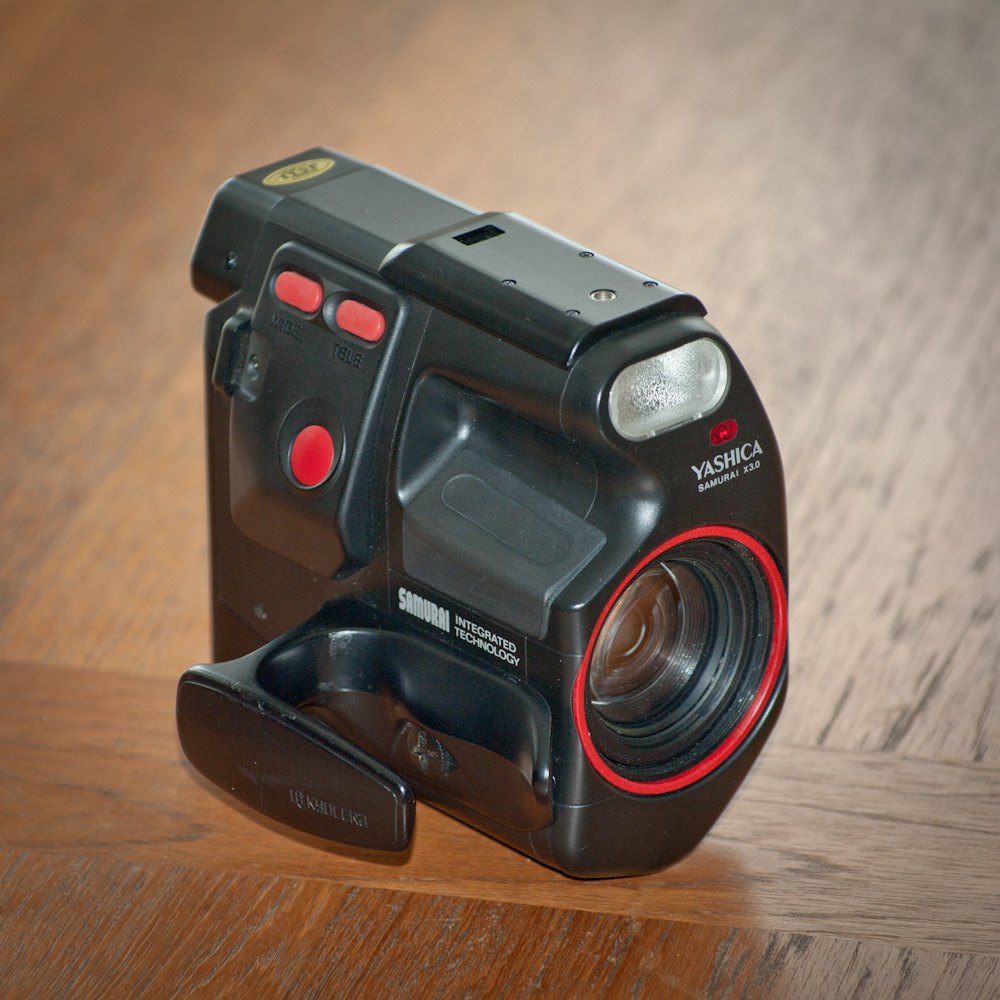
Using a half frame camera gives you 48 pictures from a regular 24 image roll. It’s very freeing to have all those extra pictures but not crazy like digital. I was shooting this roll of film to create in camera diptychs and these are just the images that were not in pairs. Yes I know there is a fiber that shows up at the edge of all the images, someone should really do something about that.
1 comment | tags: camera, film, Yashica | posted in Cameras, Photography
May
4
2013

I’m missing a major part of this camera which renders it a point and shoot in the strictest sence. I can’t even over ride the flash. originally this camera had a cover that also functioned as a controller that could be moved from the front of the camera to the rear or as a remote using IR. It’s not a common camera, in fact mine is the only one I’ve ever seen, so the prospect of finding one with the cover is low. Once my limited supply of APS film is gone there may not be much reason to keep this otherwise interesting camera.
 This is what APS film looks like if you were wondering, the scanner at the lab jammed and it had to be extricated.
This is what APS film looks like if you were wondering, the scanner at the lab jammed and it had to be extricated.
4 comments | tags: APS, camera, film | posted in Cameras, Photography
Apr
30
2013

I love when cameras exceed my expectations. You might, like me, think that a camera from 1960 with a programmed shutter and aperture would be questionable, not in this case though. The Minolta Uniomat has a selenium meter just bellow the shutter button that moves a galvanometer on the top plate. If you adjust the exposure ring around the lens it moves an arm also in the window with the galvanometer needle, when the arm and the needle match that is the suggested setting for the scene. When adjusting the camera like this you actually have no independent control over the shutter and aperture it follows a set program line. I’ve created this handy little chart which does actually give an indication of the aperture and shutter speed for any EV setting.
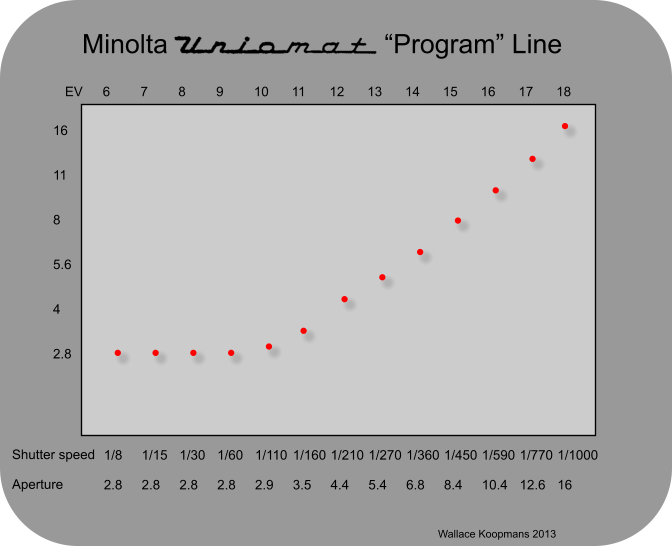
You can see in the pictures where I allowed direct sunlight to reach the lens that the images are quite washed out, I think quite a bit of this came from the original uncoated Minolta filter that I left on for the testing.
5 comments | tags: camera, film, Minolta, rangefinder | posted in Cameras, Photography
Apr
26
2013

I picked up the Fuji ST701 because it was slightly smaller than the Pentax Spotmatic but it has more than that going for it. Size wise it is narrower than the Pentax but slightly taller. It makes a surprising difference in feel and I think I would be more likely to find the room for it in a camera bag.

Another thing that elevates this camera above others from its time is its bright viewfinder. I have no way of measuring how much more light it is transmitting but comparing it to the Spotmatic it is ‘clear’ that it is brighter.
The focus screen of this camera is a split image surrounded by a circular microprism screen on a matte field, It works very well and it is very easy to confirm focus.

The depth of field preview is the best of any camera I’ve ever used. It is a large well place button beside the lens that operates smoothly and quickly.

The lens that came with the camera is the Fujica 55 f1.8. The build of this lens is superb and it has the smoothest focus of any lens I have. Better than the best Takumars, which are also excellent but this lens has absolutely no discernible looseness or play at any location. The Fuji ST701 is an absolute gem.
These images are a mix from either the Fujica 55/1.8 or the Takumar 200/3.5
3 comments | tags: camera, film, Fujica, Photography | posted in Cameras, Photography
Apr
18
2013
Taking two pictures that go together is an added challenge that I enjoy. Sometimes it works and sometimes it doesn’t. I tried this previously here Diptychs also using the Yashica Samurai because it’s half frame and runs the film vertically like a movie camera. This allows images to be stacked right on the negative. This is different from almost every other 35mm camera of course because their film runs horizontally through the camera.
As I wrote on a napkin previously you need to take the lower image first because of the way the film travels and the inversion of the image through the lens.
3 comments | tags: Diptych, film, Yashica | posted in Cameras, Photography, Processing
Apr
16
2013
There is no (P minus 23) unfortunately it didn’t make the cut

1 comment | tags: film, polaroid | posted in Photography
Apr
14
2013

If I were shipwrecked on a desert island and I could only have one camera it wouldn’t be the Yashica Electro 35GX. Why? I couldn’t bring myself to break it to use the lens to start a signal fire of course. Of all the fixed lens 35mm rangefinders this must be one of the best, I don’t know of one better. Every time I get negatives back from this camera I am pleased, the images are sharp and the way the lens renders the out of focus areas is smooth and delightful. I also like the 40mm focal length, it may be the Goldilocks between 35mm and 50mm. As an example of the sharpness of the lens and just how fine grained Kodak Ektar is here is a 100% crop from one of the images.
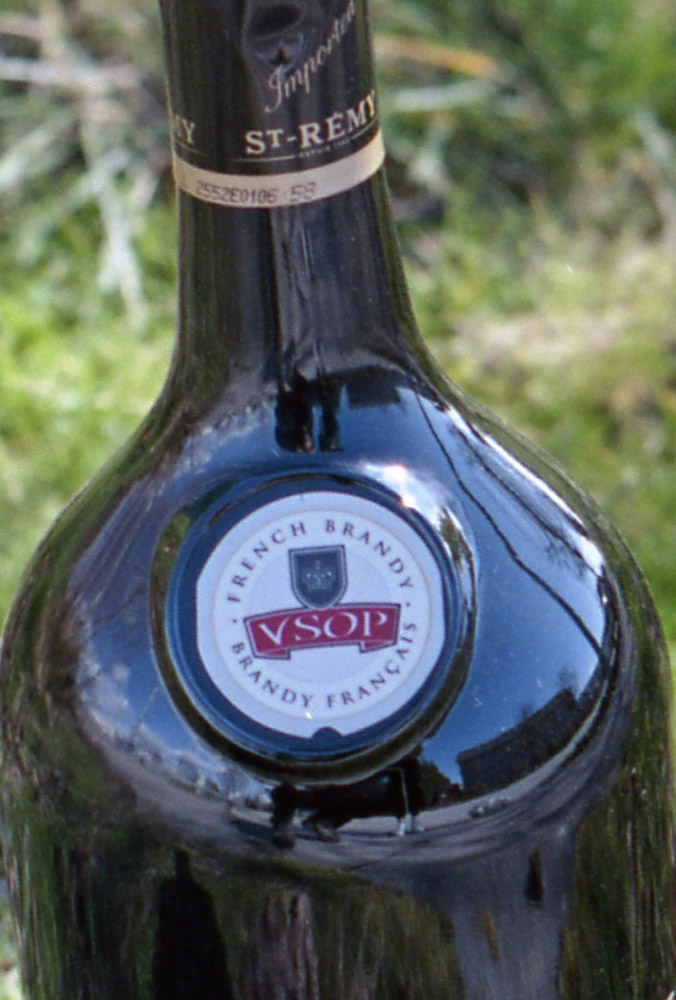
Scanned at 3200 DPI the resulting file is about the equivalent of a 13 mpixel digital capture. Not bad and films ability to preserve shadow and highlight detail in the same image still exceeds digital for now but that’s not really why I shoot film. It’s still all about the cameras for me and this one is great.
More images and information I have written about this camera can be found here Oct 2012 and here Cross Processed Velvia and Canon Ql17 vs Yashica Electro GX there are more so maybe using the search function on my blog is a better idea.
no comments | tags: camera, film, Yashica | posted in Cameras, Photography
Apr
11
2013

The last time I used my Pentax UC-1 it didn’t rewind the film and I had to do it by hand in a dark bag (back pack) I lost a few frames to the light in the process. Well I found another UC-1 and it worked great, Yah for me, I’ve like these cameras ever since I first tried one. The 32mm focal length is a nice compromise between 28mm and 35mm and the camera itself takes up so little room.
2 comments | tags: film, Pentax, UC-1 | posted in Cameras, Photography
Mar
27
2013
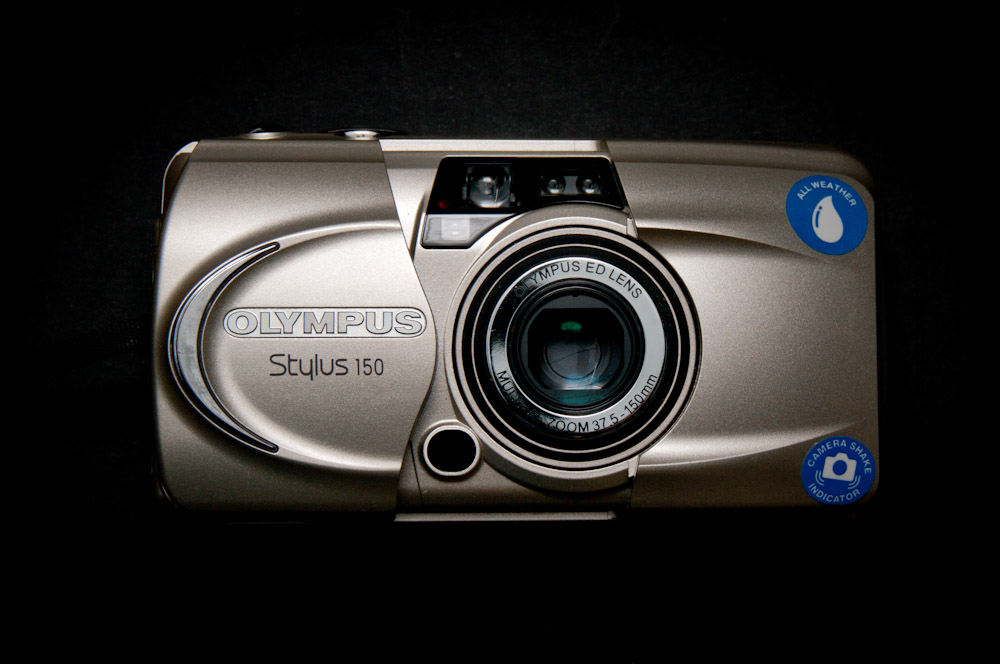
It’s a very different proposition comparing film cameras to each other vs digital cameras because the major differences are always the lenses, focus and the exposure system the sensors (film) is the same. With digital there are many more things that differentiate cameras. Because of this it’s almost easier to speak of certain cameras as a group. The group that the Olympus stylus 150 falls into is that of the auto exposure zoom compact. This was the end of the line for film point and shoot cameras with their slow lenses requiring fast film and with the often poor results people got from camera shake at the telephoto end, it was inevitable that camera companies turned their attention fully towards digital capture. These cameras after all were what people were comparing to digital cameras when deciding which to buy at the beginning of the millennium.
Other cameras in this list are: Canon z180u (2004), Nikon light touch zoom 150 ED (2002),Pentax Espio 140v (2002) Samsung Evoka 140 (?) ,Ricoh RZ3000, (1998)
These last kick at the film canister cameras are destined to mostly disappear, they aren’t particularly collectible other than as a marker in camera history and they don’t produce results that stand out.
The Olympus Stylus 150 lens is 37.5mm to 150mm f5.1 to 13.3, 8 elements in 7 groups with both ED and aspherical elements. Autofocus is 11 point and is designed to accommodate off center subject framing.
3 comments | tags: film, olympus, Stylus | posted in Cameras, Photography
Mar
18
2013

Forged in the fires of Mordor this camera rules them all…oops apparently this isn’t that kind of elfin camera and its plastic would melt quicker than butter on a hobbits scone. What it is though is diminutive and equipped with a nice 26mm f2.8 prime lens. This hobbit sized APS camera is small enough that you can even forget it’s in a pocket. Like most cameras of its time control only goes as far as turning the flash off and I’ve discovered it doesn’t focus well when you put it up against a chain link fence ( there are two examples of that in the pictures they should be easy to spot). It’s almost hard to say if the lens is better than the zoom of the original Elph because APS film is just awful, it is the great equalizer. The specifications for the lens though are 32.5mm focal length equivalent in terms of 35mm film and 4 elements in 4 groups one of them an aspherical element so I’m going to say its better than the film would suggest.
2 comments | tags: APS, Canon, film | posted in Cameras, Photography


